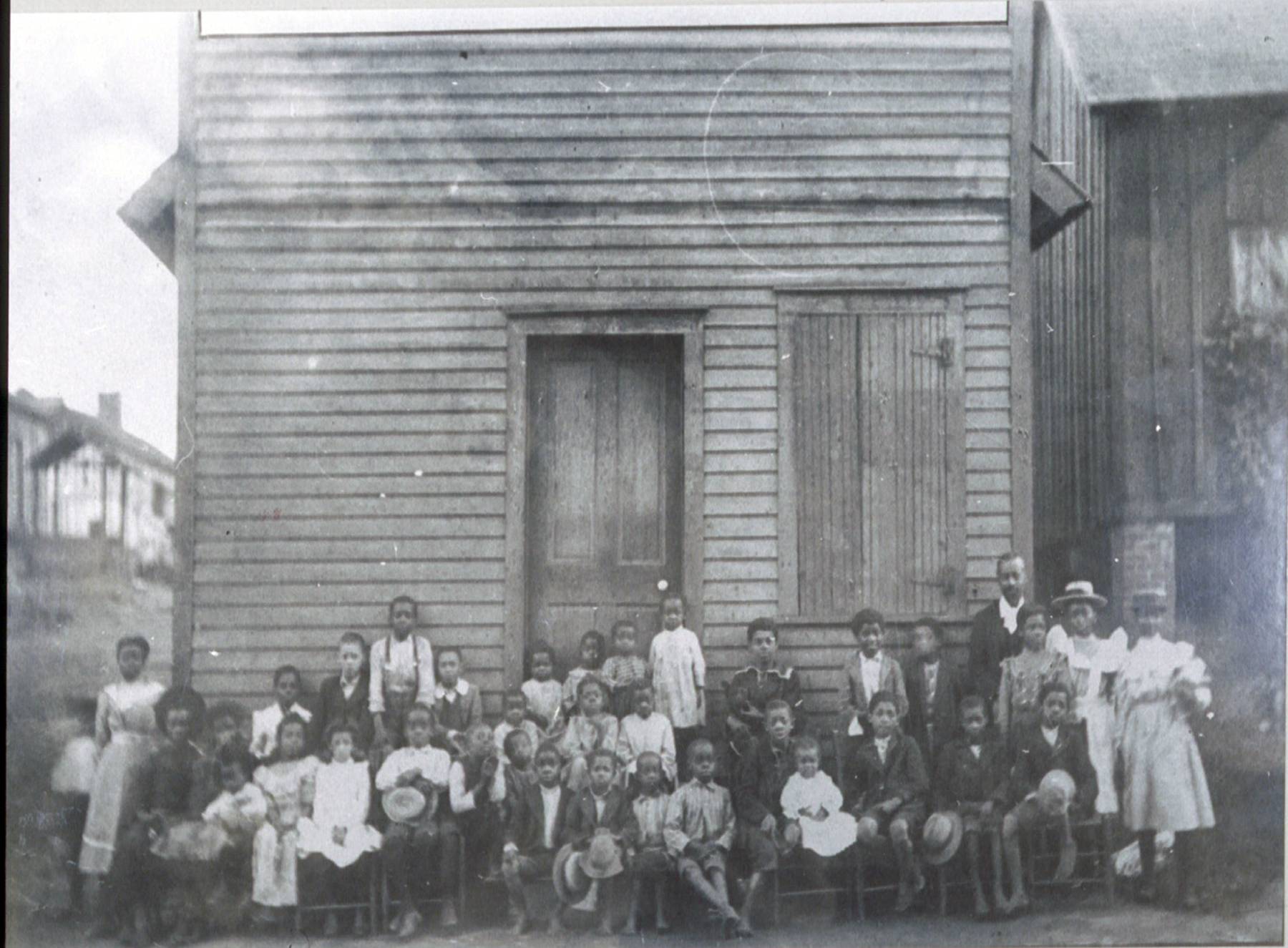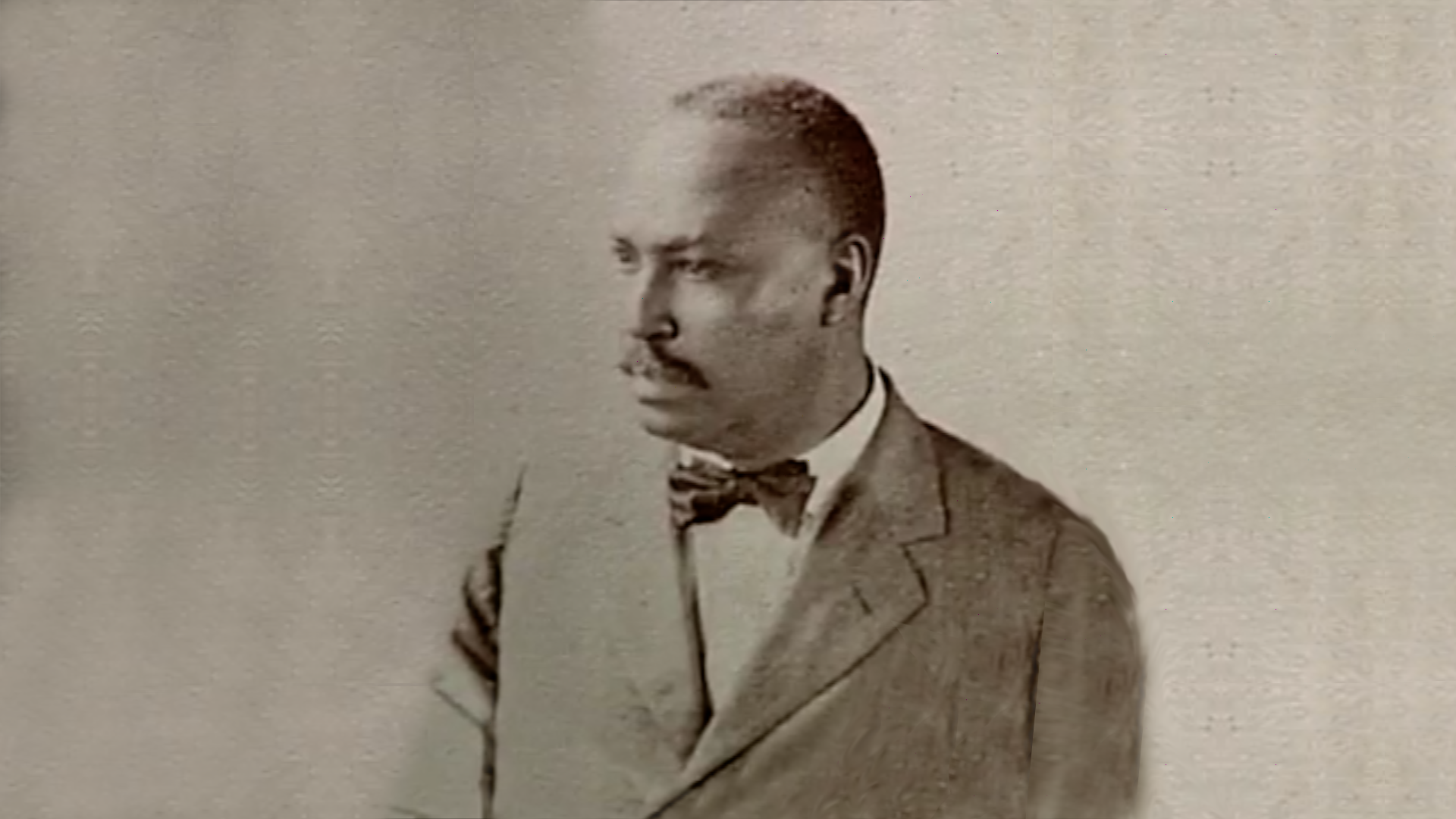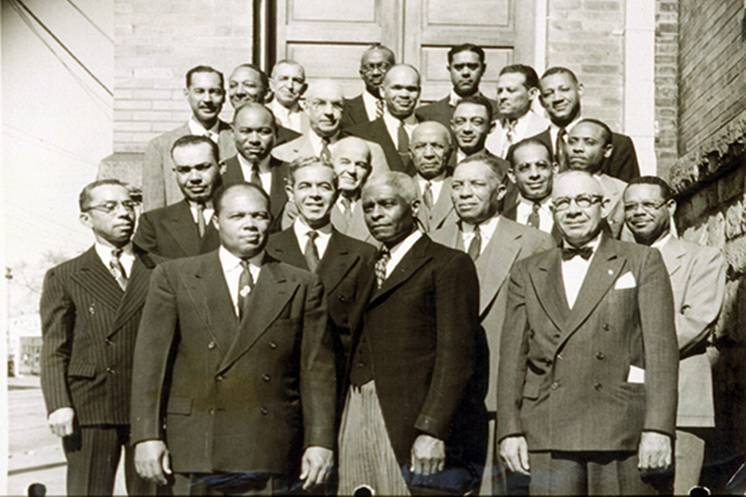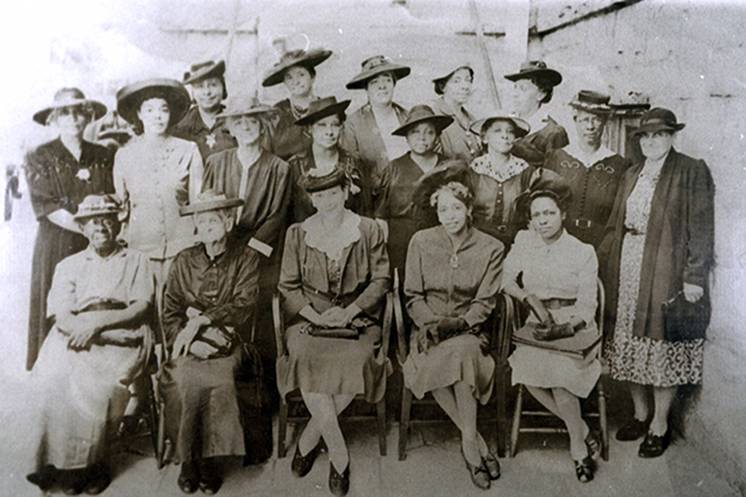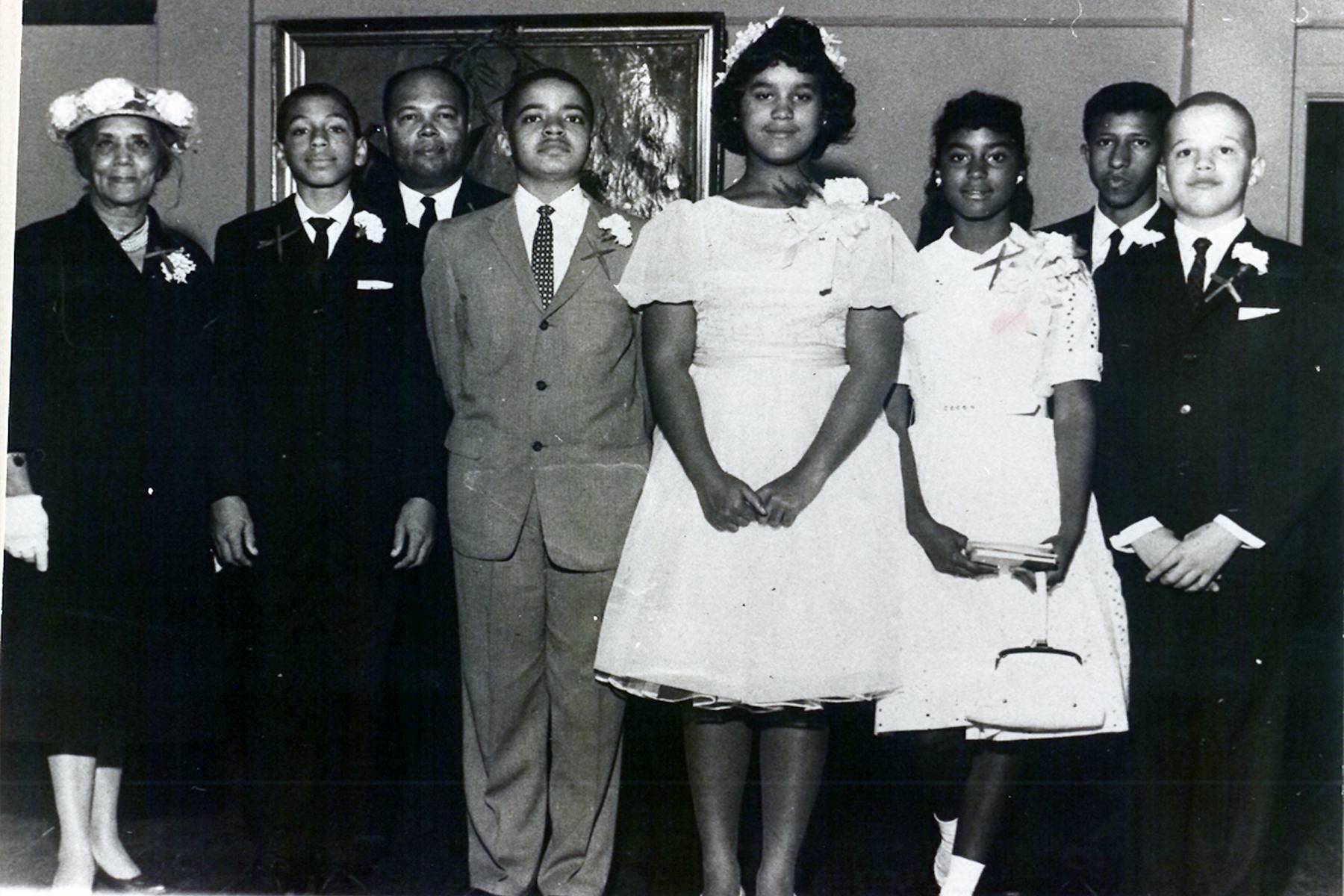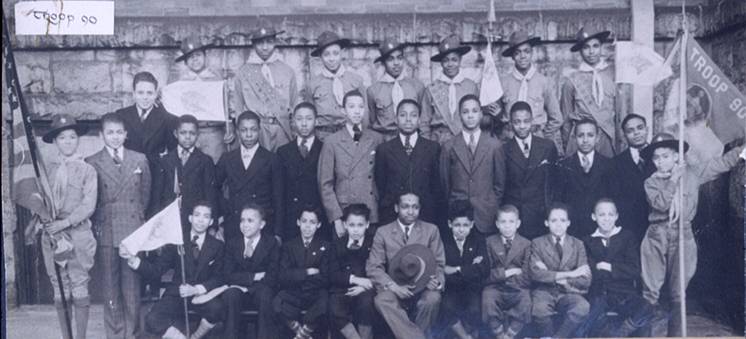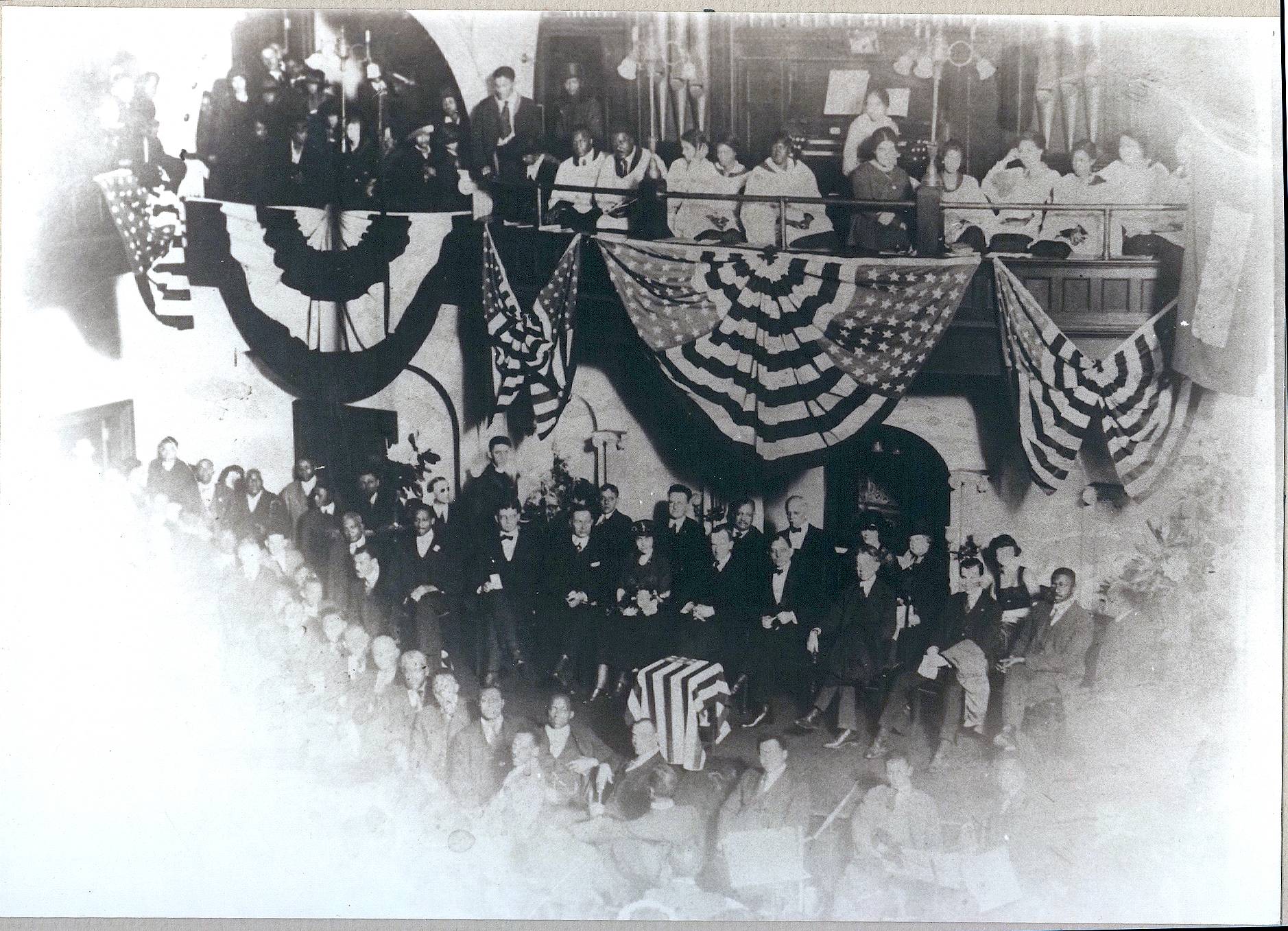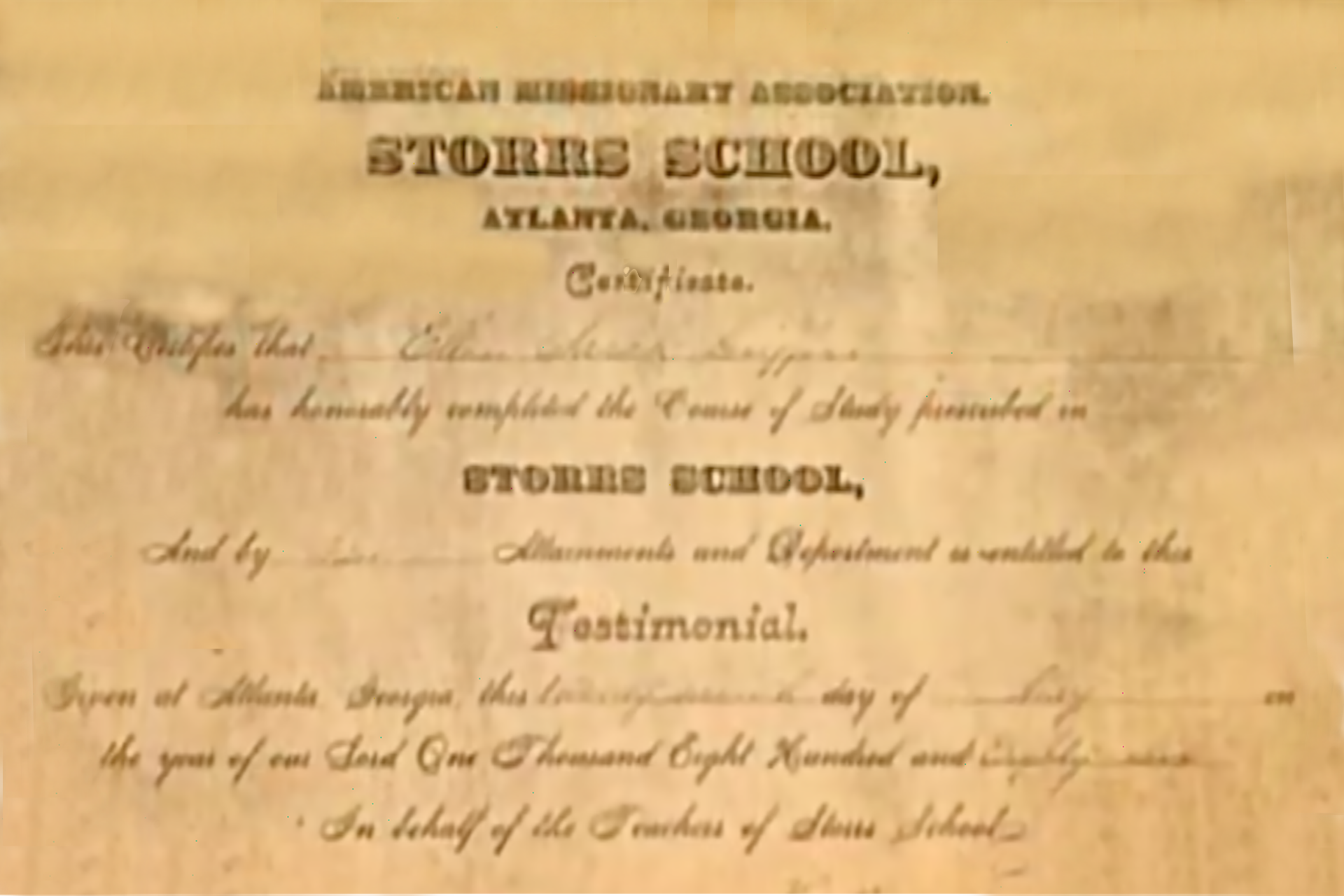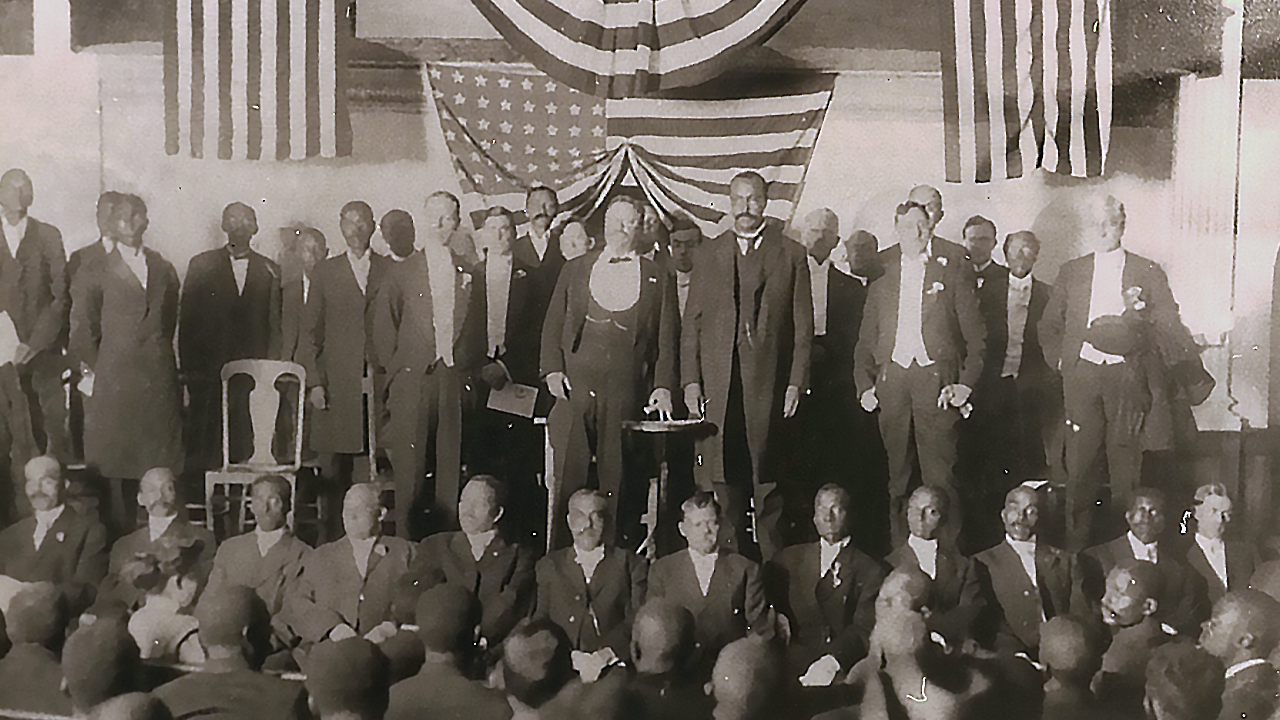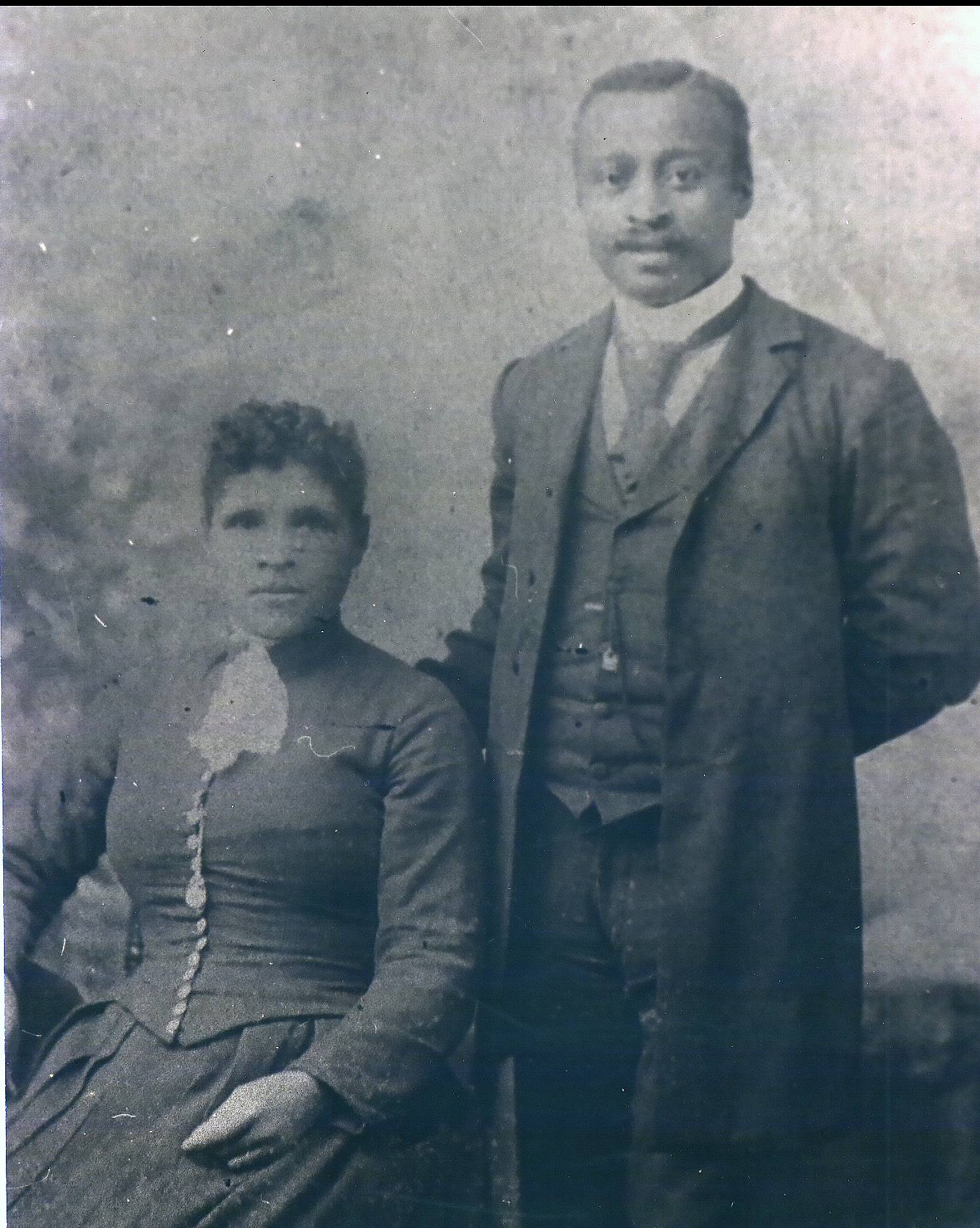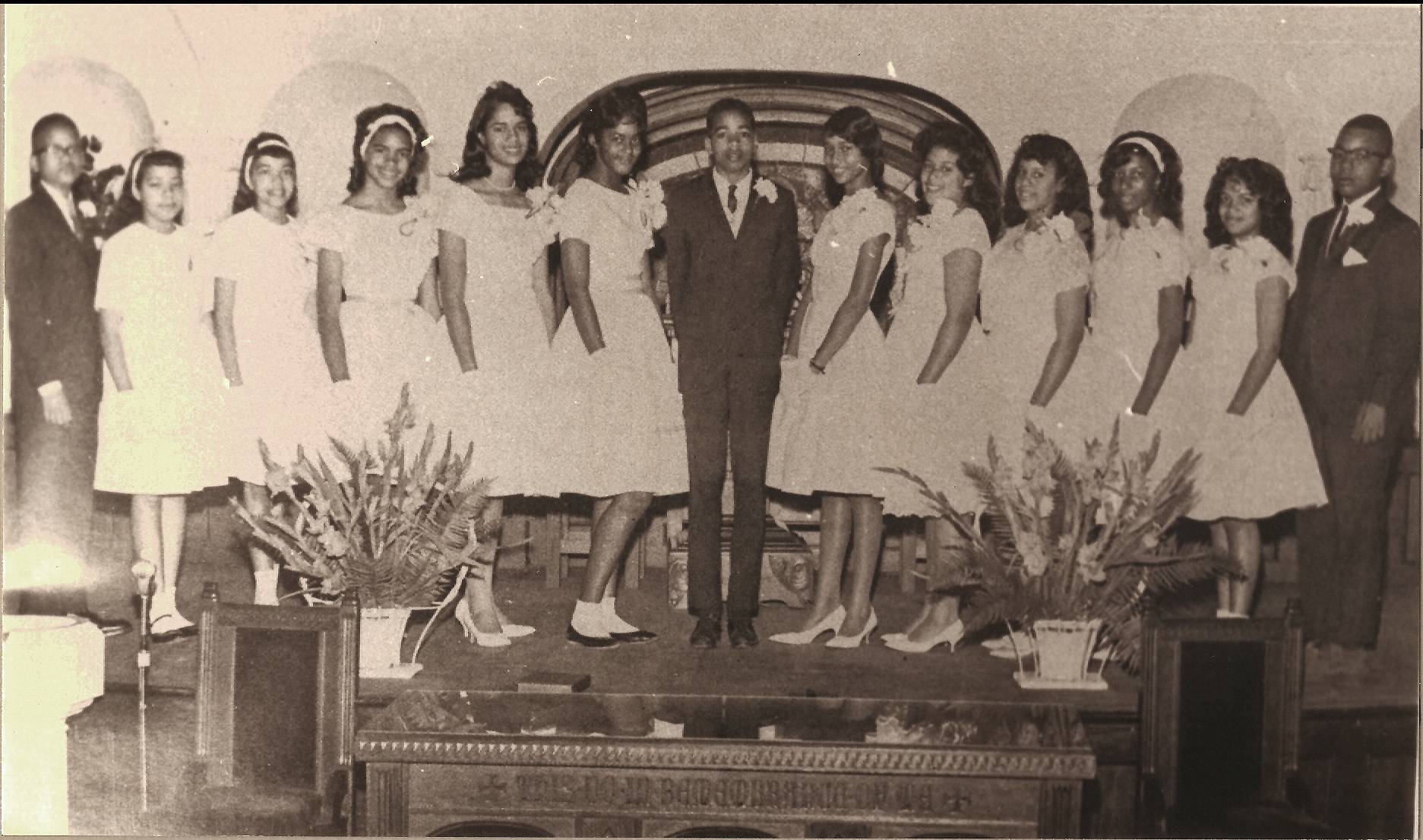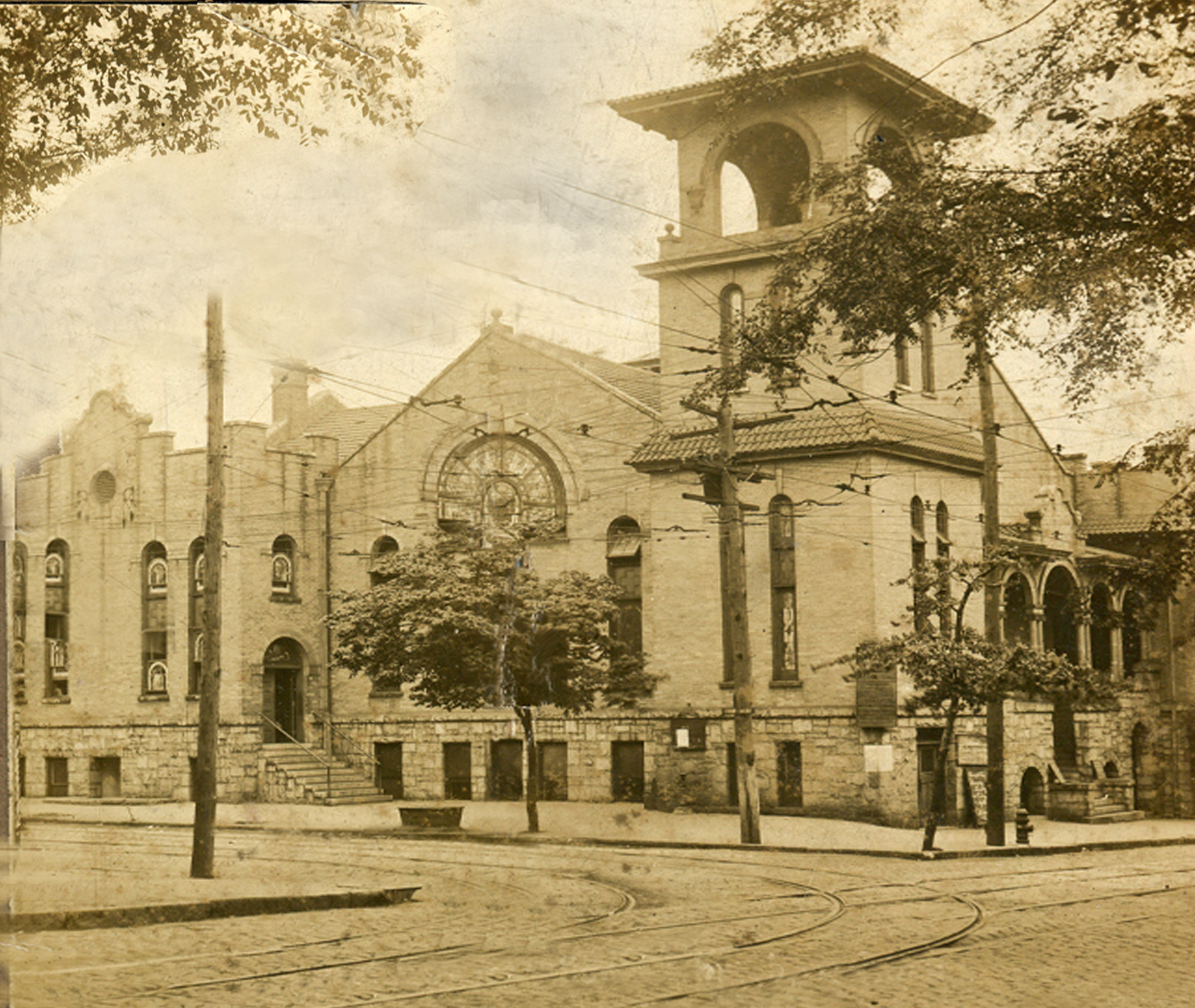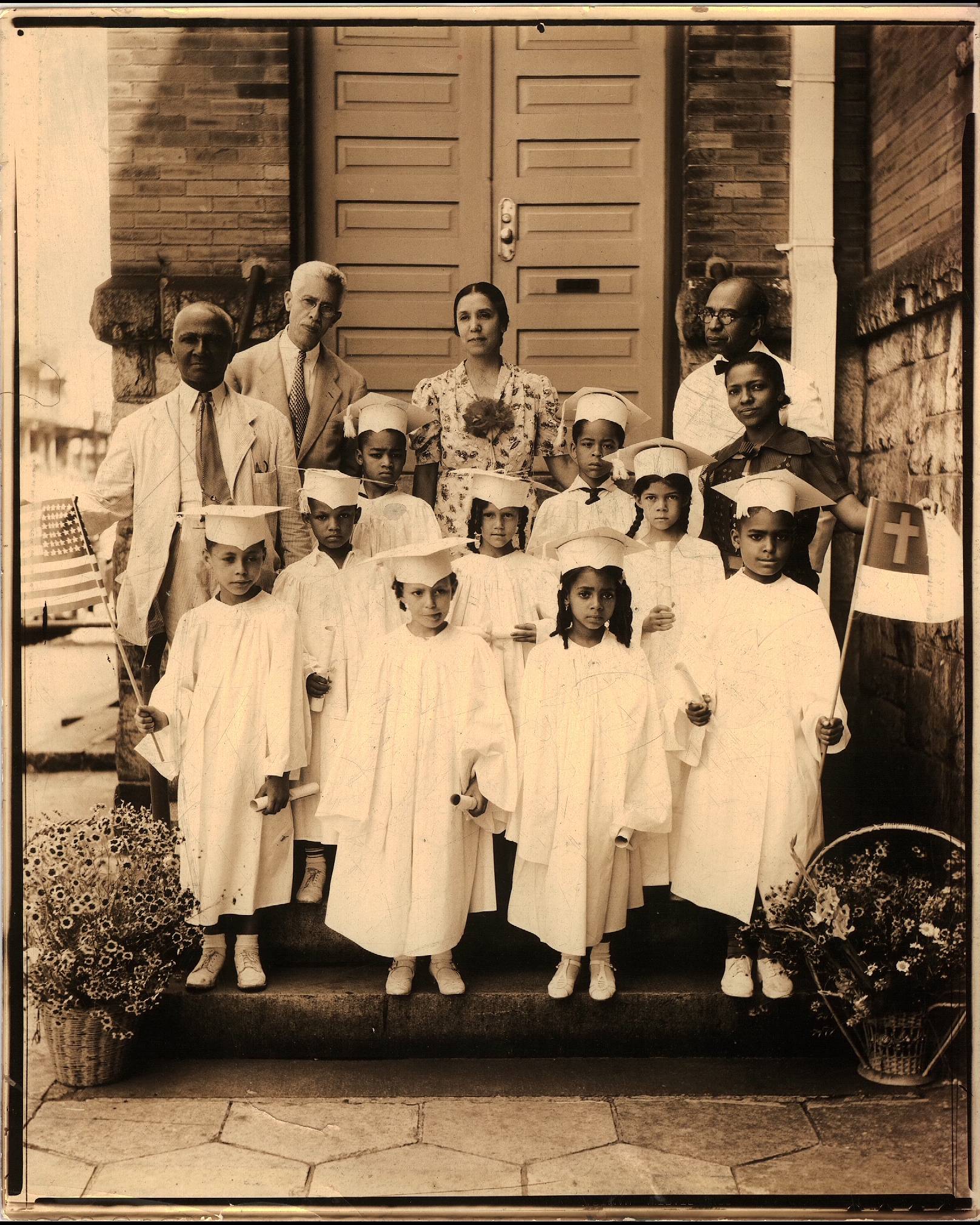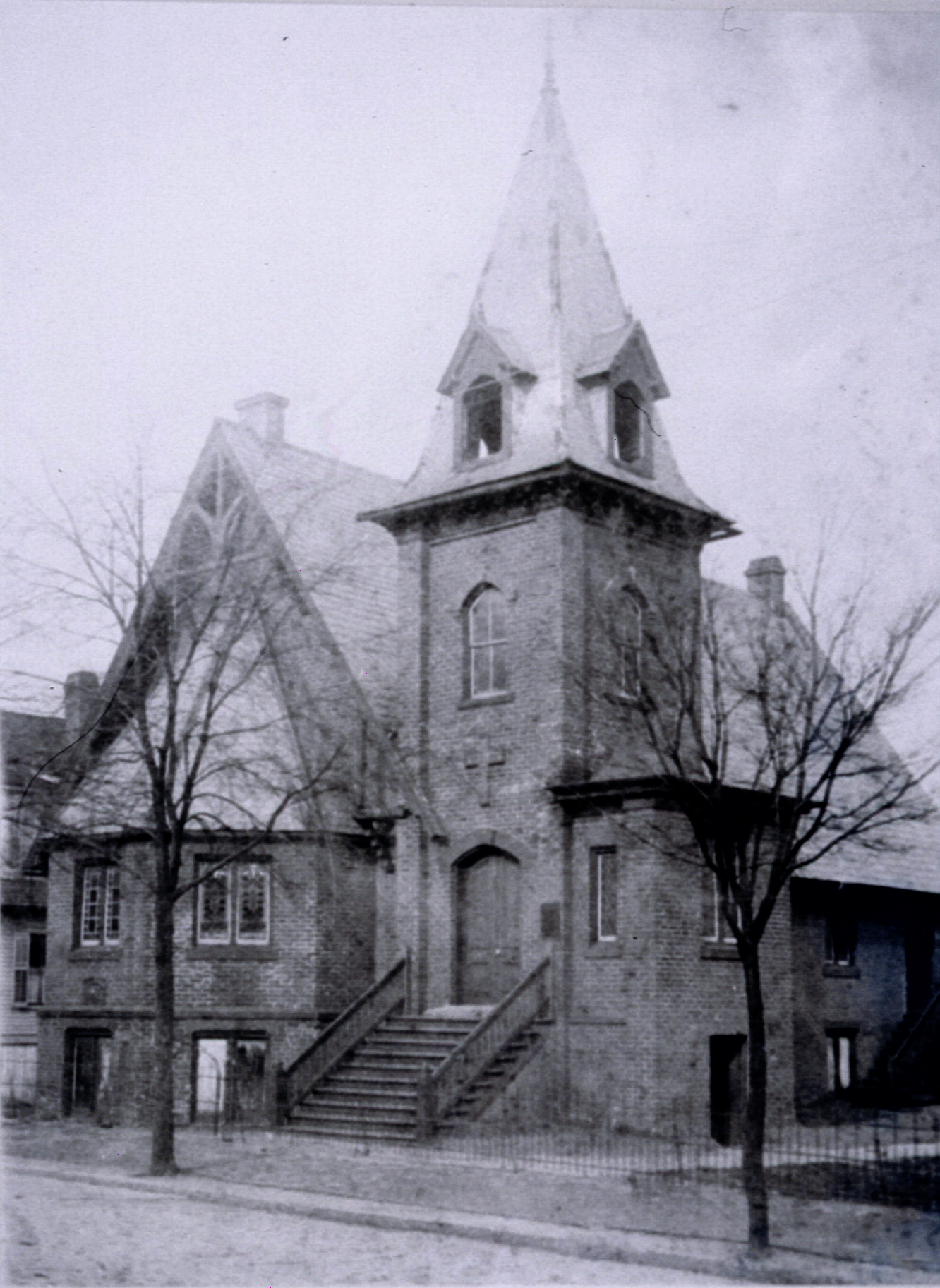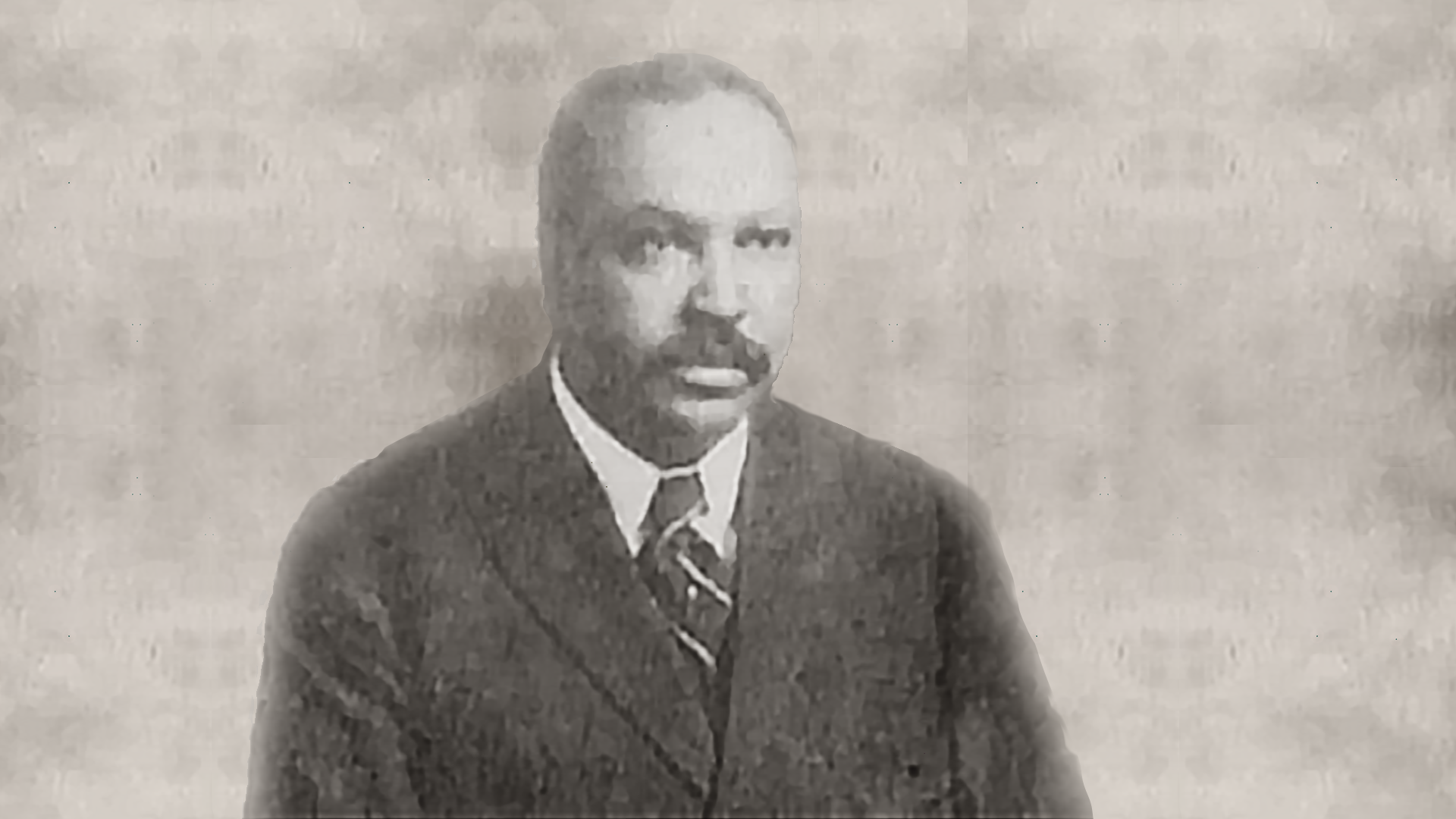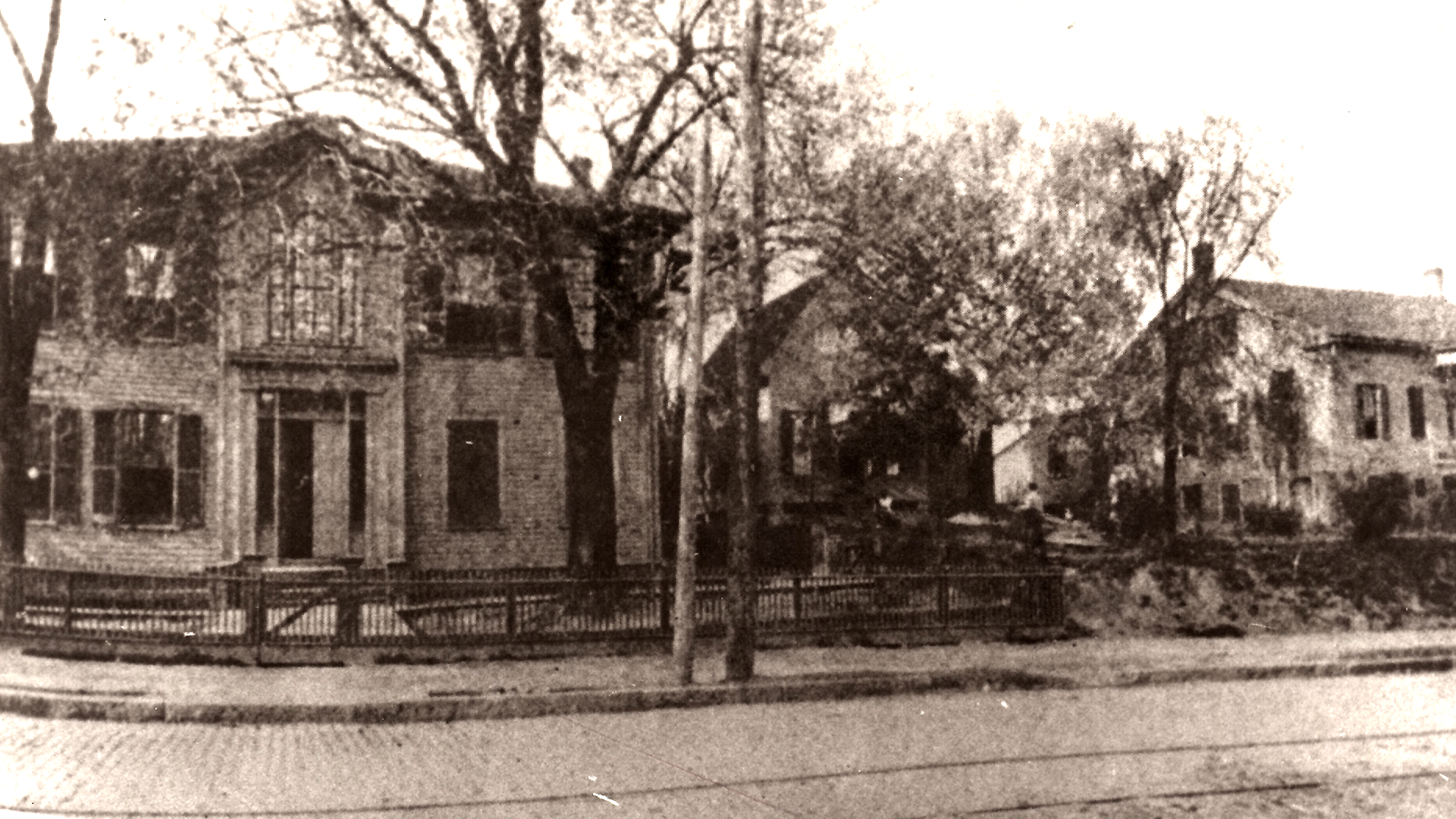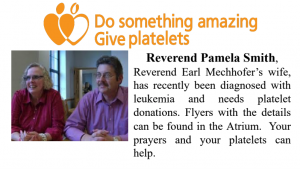Following the retirement of Dr. McEwen in 1979, Dr. Marvin L. Morgan was called as Senior Minister. Under his leadership, a volunteer ministry program was organized, the Young Adult Fellowship was re-activated, the church constitution was revised, the first Fall Homecoming service was held, and the Renovation and Restoration fund was started (the Jacob’s Ladder Fund) to restore the historic church building.
The Reverend George Thomas was called as Senior Minister in August of 1986. Under his guidance, the congregation conducted two church-wide retreats to explore new missions and programs, held Brown Bag Wednesday Bible Study classes, encouraged the Tomorrow’s Leaders youth ministry, re-activated the Social Action Committee, and fostered their Saturday Youth Enrichment Program, involved lay liturgists and acolytes in the Sunday Worship service, started a second choir--the First Church Chorale, expanded the ministerial support team to seven clergy, conducted a two-year study of Church structure and constitution to revive the Church Council for coordinating program development, restructured the spiritual leaders from Deacons and Deaconesses into the Diaconate, instituted the celebration of birthdays and anniversaries on the first Sunday of each month, instituted the Altar Call, organized the 55-Plus Group and sponsored a spiritual enrichment group to explore ways the Church could experience deeper spiritual growth.
A lasting contribution of the Thomas ministry was the raising of nearly $600,000 toward the Jacob's Ladder Fund. The first phase of the building renovation program--the Herndon Tower--was completed and dedicated in June of 1991. In December 1992, Reverend Thomas accepted a call as the Interim Senior Minister of Park Manor Congregational Church in Chicago, Illinois. However, before his tenure ended, the Church called an Associate Pastor, the Reverend Dr. Dwight Andrews. He assisted in all church programs and significantly expanded the Tomorrow’s Leaders Youth Ministry. Andrews also developed and directed a popular innovation, the Jazz Vespers program. He resigned as Associate Minister in 1995.
The Reverend Dr. Norman Rates, a member of the congregation and Professor of Religion at Spelman College, was called as Interim Senior Minister to serve during the search for a new Senior Minister. During his interim ministry the church joined with St. Luke’s Episcopal Church in building its first Habitat for Humanity home.
The Reverend Dr. Susan D. Newman was called as Senior Pastor during the spring of 1994. During her tenure at First Church, she cultivated new opportunities for religious and community involvement, including the building of another Habitat home and the adoption of the Walden Middle School. Rev. Newman was also instrumental in the formation of a number of new church organizations, including Today’s Leaders and the Men’s and Women’s Fellowships. Rev. Newman resigned in May 1996.
On November 3, 1996, First Church voted to accept a proposal for team ministry that was prepared by the Diaconate and clergy in the congregation. The proposal called for a team of ministers to assume the responsibilities and duties of Senior Minister, as outlined in the Constitution for a period of two years, this period was known as the Period of Renewal. The team was lead by the Reverends Dwight Andrews (Senior Minister), Elizabeth Clement (Minister for Church Life and Education), and Andrew Young (Minister for Church Renewal). Other members of the team included Reverends Virginia Ferrell, Robert Johnson, John Pearson, and Norman Rates. The Period of Renewal along with the term of the Ministerial Team was extended to June of 1999.
On July 19, 1999, the Reverend Dwight D. Andrews was called as Senior Minister of First Congregational Church. Dr. Andrews, like his predecessor Dr. Proctor a century before, is a graduate of the Yale Divinity School and an active advocate for ministries devoted to the whole person--- mind, body and soul. He, like Reverends Rates, McEwen, and Wright to name a few, is an educator and scholar and was installed as Senior Minister of First Congregational Church on Sunday, November 21, 1999.
Under Dr. Andrews' leadership, the membership has grown significantly and the foundation for the Church’s next century of service has been carefully laid. Two not-for-profit organizations were created to fulfill the Church’s ever-expanding outreach efforts and its aspiration to create a downtown campus with facilities to support its broad-based, Christ-centered ministry. First Church Community Development Corporation and First Historic Preservation, Inc. are partners and extensions of First Church’s ministry. First CDC, for example with the help of First Church, acquired the Ellis Street Fire Station and implemented an emergency night shelter for women and children. For three years over 100 hundred women and children were housed there each night.
The Agape Homeless Ministry was in operation for over six years. It provided over 34,000 meals for the less fortunate. To accommodate the increased growth in programs, the Church undertook an ambitious building and restoration initiative. The RISE Capital Campaign raised over one million dollars for the restoration and expansion of the historic church building. The New Legacy Campaign helped to see the renovation to completion. The New Century Capital Campaign seeks to retire the debt of the Building and Renovation effort.
In addition, Community Forums have been held with participants of national reputation, and quality music and worship programs of diverse styles and traditions have become a hallmark at First Congregational Church. Longtime member Ambassador Andrew Young has been appointed Pastor of Global Mission, preaches regularly, and provides leadership on a variety of fronts. First Church has been well served by more than a century of distinguished and gifted pastors. Dr. Andrews is committed to build upon the foundation laid by his predecessors and is grateful to be a part this fine legacy of pastoral leadership of First Church.
